The Bill Murray approach to winter safety — 5 habits worth repeating on every winter hike
You don’t have to get stuck in a time loop to learn how to enjoy winter hiking and stay safe along the way.
Happy Groundhog Day!

If Bill Murray has taught us anything about this time of year, it’s that we can learn from repetition, especially in the season when snow, ice and the predictions of fickle rodents are involved.
You don’t have to get stuck in a time loop to learn how to enjoy winter hiking and stay safe along the way.
Pick the right hike
Winter hikes run the gamut from urban park strolls to snowy alpine adventures. But knowing what you’re getting into and the skills required for that particular spot is essential.
There are some very popular summer trails (like Granite Mountain or Snow Lake) that become deadly avalanche hotspots in winter in winter. Some small creeks swell suddenly this time of year, especially when climate change and atmospheric rivers are in the mix. (See: Lena Creek crossing on Sunday.)
Read carefully, and know what to expect on the trail you choose. Figure out if you need a Sno-Park Pass or other parking pass.
When you don’t know what’s up:
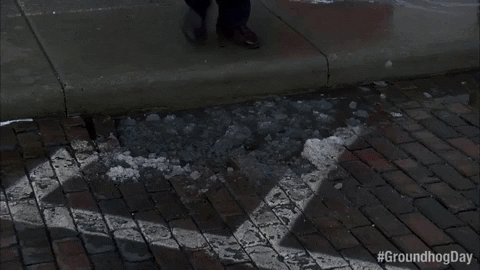
When you did your research:
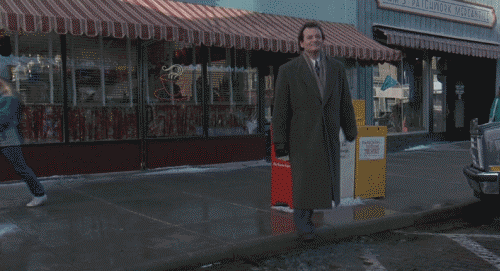
Check conditions
You may not be forever stuck in Punxsutawney, but there is a very real chance you won’t make it from door to destination if you don’t stop to check conditions.
Do your research about road conditions, trail conditions, snow and avalanche conditions and the weather forecast before you leave home.
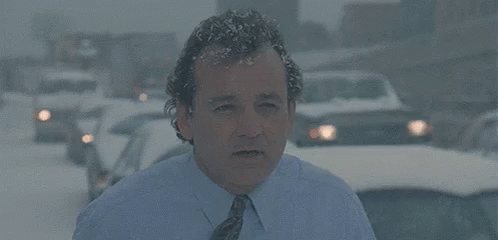
Stuff your pack with essentials & your face with food
The Ten Essentials are, well, essential. But you need a few extra essentials in winter. Pack some extra layers for you and others in your group. Haul along some trekking poles or traction devices. And whether you are on an urban hike or heading into more remote territory, always, always bring extra food.
Food is fuel for endurance (hiking or existential time-traveling) and helps keep you and your friends and family warm and enjoying yourselves.

Respect time
Six more weeks of winter or not, the sun still isn't rising until 7:30 right now, and evening comes on fast. You definitely want to pack a flashlight. But also, think about when you need to turn around in order to reach the trailhead before dark, and respect the turnaround time, even if you don't reach your destination.
Smash your summit goals another time. It's more important to get home safely.
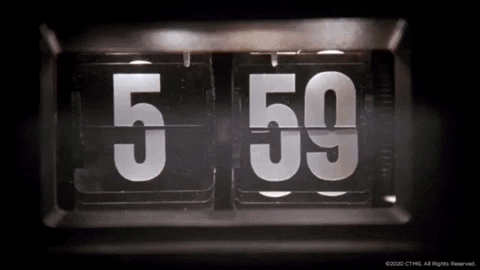
Tell someone where you’re going
Always let someone know where you are going and when you expect to return (and call or message them when you do return!). Use this trip plan form to know what kind of information to leave behind with someone before your next hike. If your destination changes along the way when you check conditions, follow up and let them know.

When you get in the habit of going prepared, winter is an awesome time to get outside and enjoy Washington, again and again and again and again and again and —
Have fun out there y’all!
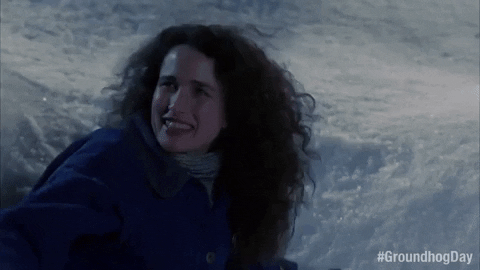
A few bonus tips from Bill (and Phil):
- Prep your car for winter roads and mountain passes, especially if you will be traveling on snow. Some places, like Mount Rainier, require chains, and it never hurts to keep extra blankets or sleeping bags and a shovel in your car through the winter. ,
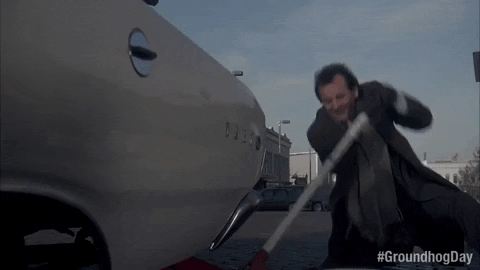
- Drive slowly and carefully on wet or icy roads (like the dicey conditions on the Middle Fork Snoqualmie Road earlier this month). Be kind to each other. Don’t drive angry and always, always respect the wildlife.



Comments